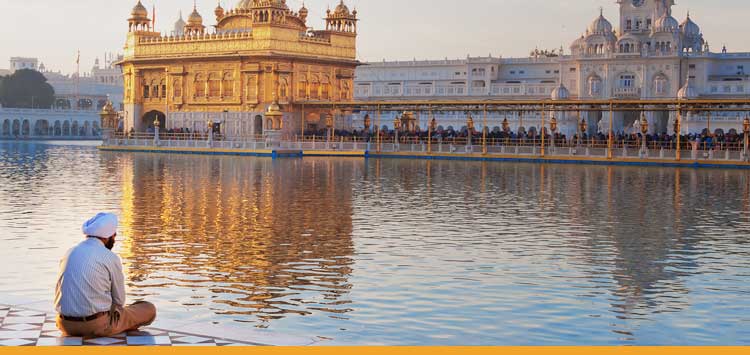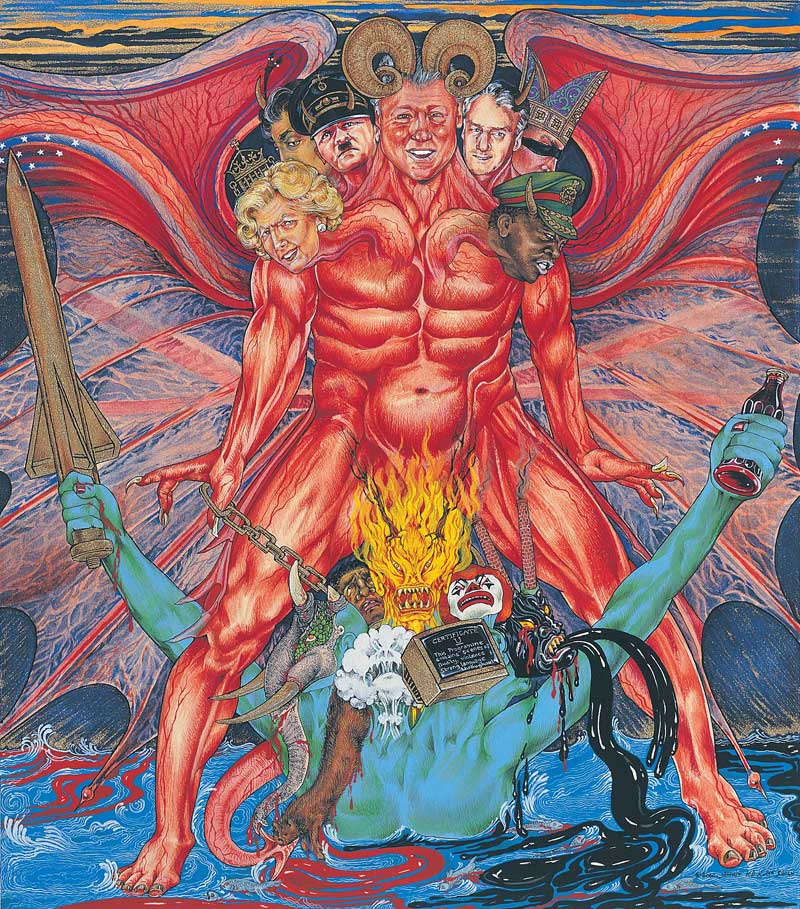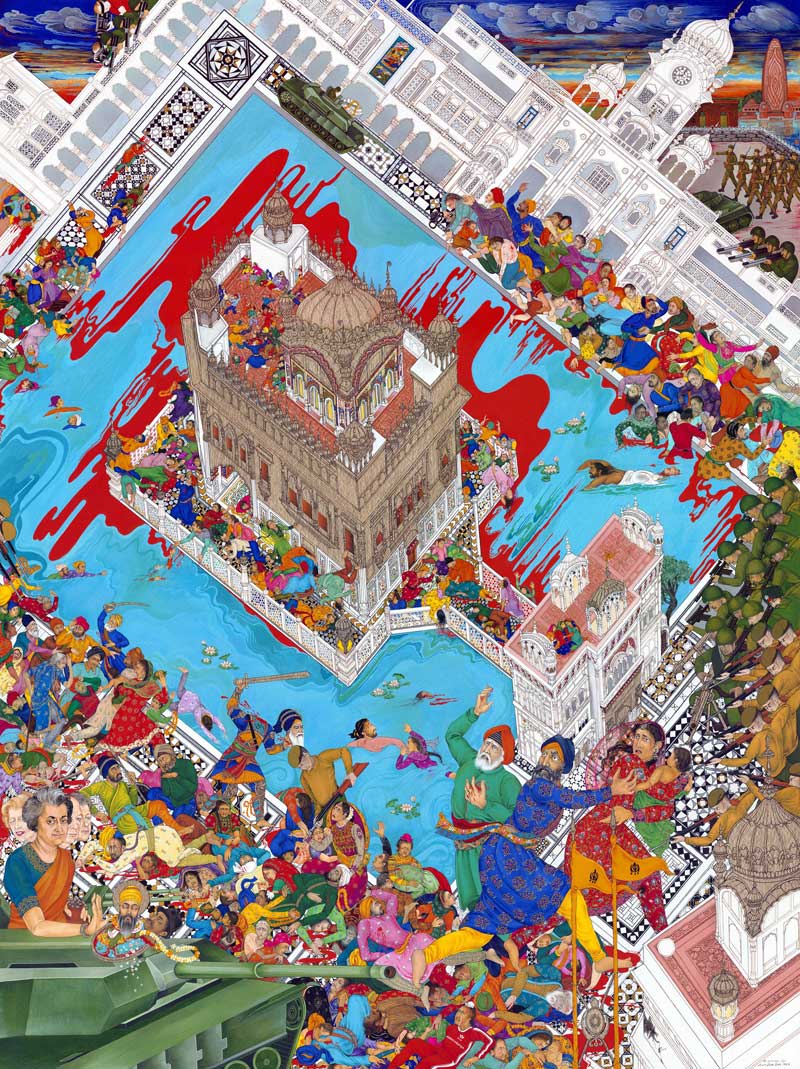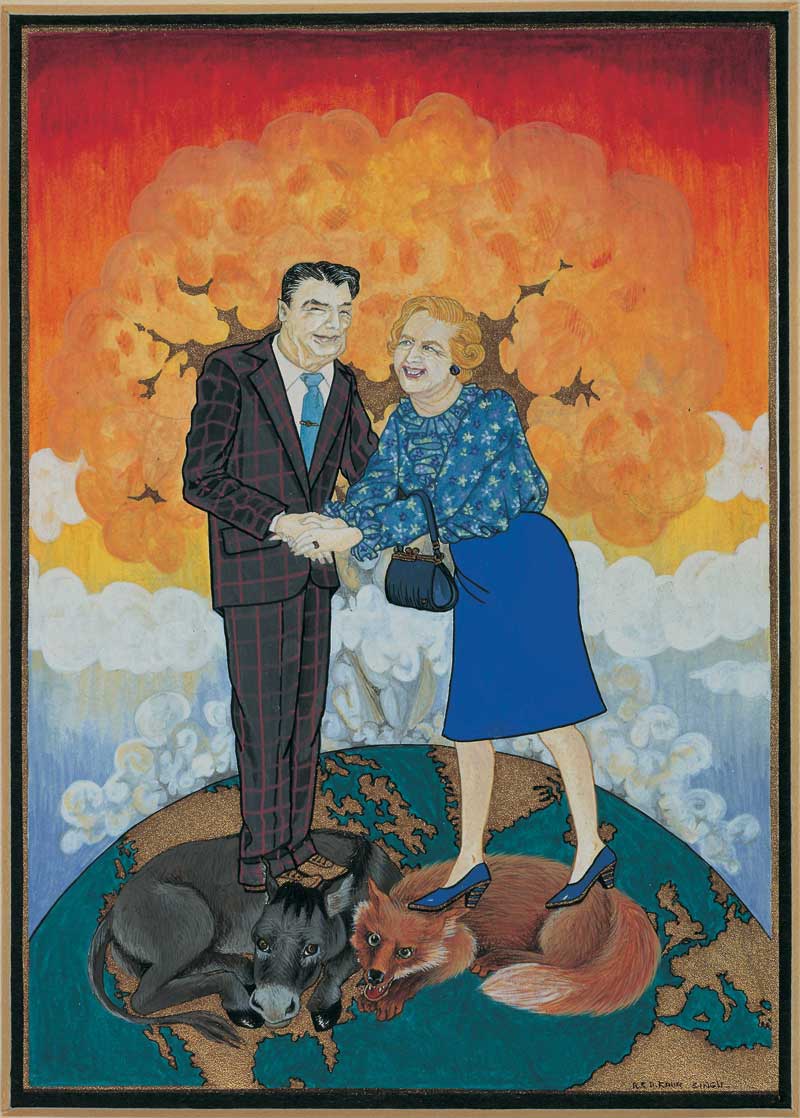
Violent Nations: 1984's Othering of Sikhs
October 31st – November 2nd, 2014
Hofstra University
Organized under the auspices of the
Sardarni Kuljit Kaur Bindra Chair in Sikh Studies, Dr. Balbinder Singh Bhogal,
and The Department of Religion & the Hofstra College of Liberal Arts and Sciences (HCLAS)
Co-coordinator: Prabhsharandeep Singh (Oxford University)
- Home
One could argue history has three narrative voices – those of the oppressors, those of the oppressed, and those voices not yet colonized either by victory or loss. The latter are the existential voices of silence attuned to what remains unsaid in the sayings from above and from below that reveal the (strategic and unconscious) elisions of dominant narratives (gender, caste, class, language, violence etc.,). Given these three voices, two clear narratives and the undertone of contrapuntal and hetero-lingual silence, it is myopic to read the present by merely engaging with contemporary dominant narratives of oppressor and oppressed (as heard in the current media discourse today that broadcasts "religious violence/terrorism” to be the root cause of today’s troubled times). Rather, we need to embark on an “ancestry of the present” (Thapar), to uncover non-ideological readings that are neither dominated by the ruling elite, nor scripted by reactionary forces, but are open to the unsaid in both. Through such an approach, attuned to the varied constructions of hegemonic discourse, alternative readings come into view – which can be organized into various themes.
Themes
1984: Spectacular and Slow Violence and their Traumatic Effects
1984: Majority-Minority Identity Politics
1984: Indian Nation and Violence: Hindu Nationalism and Ethnic Democracy
1984: India's relation to Global/Colonial Modernity
1984: Engaging the Continuities of the Colonial/Historical DifferencePanels
Keynote: Dr. Ashis Nandy
Panel 1: Political/Historical Frames
Panel 2: Critical Theoretical Frames
Panel 3: Disinheriting Trauma and Violence
Panel 4: Decolonial and Neoliberal Frames - Registration
- Conference Themes
- Schedule
- Abstracts
Download the Abstracts [PDF]
- Contacts
Contacts
Joanne Herlihy
Senior Executive Secretary
104 Heger Hall
(516) 463-6023
Fax: (516) 463-2201
Email: Joanne.S.Herlihy[at]hofstra.eduMichael Reff
Research Assistant
Email: reff1986[at]gmail.comDr. Balbinder Singh Bhogal
Associate Professor in Religion
S.K.K. Bindra Chair in Sikh Studies
104D Heger Hall
115 Hofstra University
Hempstead, NY 11549
Tel: (516) 463-7136
Fax: (516) 463-2201
Email: Balbinder.Bhogal[at]hofstra.edu - Speaker Bio
- Maps
- Poster
- Sikh Art & 1984
The Singh Twins
London born twin sisters Amrit and Rabindra are contemporary British artists of International standing whose award winning paintings have been acknowledged as constituting a unique genre in British Art and for initiating a new movement in the revival of the Indian miniature tradition within modern art practice. Describing their work as Past - Modern (as opposed to Post Modern), their work engages with important areas of critical debate - challenging existing stereotypes and redefining generally accepted, narrow perceptions of heritage and identity in art and society. Combining elements from Western and Eastern aesthetics they assert the value of traditional and non European art forms to the continuing development of Contemporary Art practice - exploring cultural, social and political issues of global significance within a highly decorative, often witty and symbolic style which has universal appeal and transcends cultural barriers. (taken from their website: http://www.singhtwins.co.uk/PROFILE.html)





